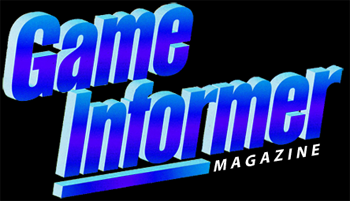
~ Summer 1992 -to- Issue #120 ~
Collection 99% mint


~ Summer 1992 -to-
Issue #120
~
Collection 99% mint
CLICK FOR HIGHER RESOLUTION IMAGE
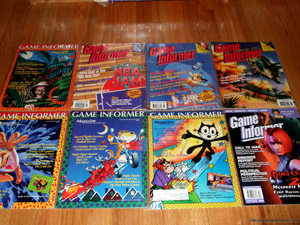 |
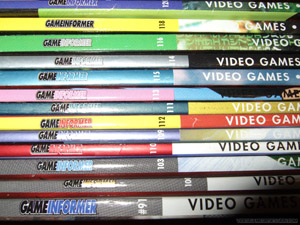 |
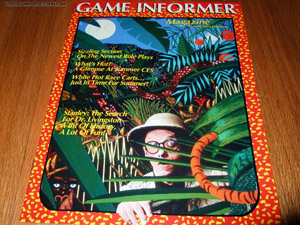 |
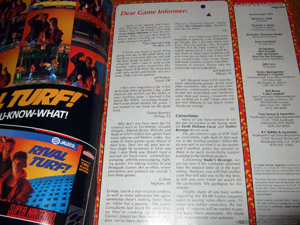 |
|
GAME INFORMER issues owned: Summer 1992, Sep/Oct 1992, Nov/Dec 1992, Mar/Apr 1993, May/Jun 1993 (not pictured) Jul/Aug 1993, Nov/Dec 1993, Jan/Feb 1994 Oct 2000 - Vol. X - Issue 10 (#90), #91, 100, 103, 109-116, 118, 120 |
|
|
Game Informer began life as the house magazine of Funco Inc., a mail-order game store that advertised in most game magazines of the day. It was originally only sent to Funco customers, and in fact did not have any newsstand distribution until 1993. It slowly began to mature and build an audience through the 1990s with a design that resembled a more refined version of GameFan, but even as Funcoland franchises popped up across America, the magazine was always thinner and less noticeable than its competition. This all changed in 2000 when Funco was bought by Barnes & Noble Inc., who merged the stores with Software Etc. and Babbage's to form GameStop, a new game retailer chain. GameStop soon instituted a used-game club that gave customers a subscription to Game Informer and a 10-percent discount off used games for a set price. This caused GI's circulation to skyrocket, and the magazine was quick to take advantage, redesigning with a new, larger page size in 2001. The magazine's ballooning readership gave it more clout with advertisers and game developers alike, and GI quickly made it a habit to unveil brand-new games with exclusive cover features, beginning with Sony's Ratchet & Clank in 2002 and extending almost uninterrupted ever since. This proved to be a shot in the arm for a largely dormant game-magazine marketplace that had just survived a harrowing shakeout, and soon every magazine was competing for similar exclusives. Game Informer is unique among game magazines in that they are truly free to put whatever they want on the cover -- since the vast majority of its circulation is subscription-based (only about 14,000 copies are sold off the newsstand each month, a very low figure among game mags), they are not as dependent on the cover subject to drive sales, meaning they are much freer in their selection of cover topics. This is why their cover subjects vary so widely, from (at the time) previously unheard-of titles like Jade Empire to highly-anticipated sequels like Tony Hawk's Underground and The Elder Scrolls: Oblivion. The magazine's circulation is still rising five years later, and its most recent redesign (dating from 2004) reflects this air of authority, featuring more industry news, developer/executive interviews, and a wider range of game coverage.
|
|
